Transforming the Landscape: How Architects Are Redefining Sustainable Homes
The field of architecture has always been at the forefront of shaping the built environment, but in recent years, architects have taken on an even greater responsibility: redefining sustainable homes. With the pressing need to address climate change and mitigate its impact, architects have embraced innovative approaches to design and construction that prioritize environmental stewardship without compromising aesthetics or functionality. In this article, we will explore four key factors that architects are leveraging to transform the landscape and create sustainable homes. For a deeper dive into the advantages of architect-designed homes, you can visit www.immobilien.de/3-Gruende-die-fuer-ein-Architektenhaus-sprechen-1989627.html.
Energy Efficiency
One of the primary focuses when it comes to sustainable home design is energy efficiency. Architects employ various strategies to minimize energy consumption, such as incorporating passive design techniques, optimizing insulation, and utilizing renewable energy sources. Passive design techniques involve harnessing natural elements like sunlight, wind, and shade to reduce the need for artificial heating, cooling, and lighting. This can be achieved through smart orientation of the building, the strategic placement of windows, and the use of materials with high thermal mass.
Sustainable Materials
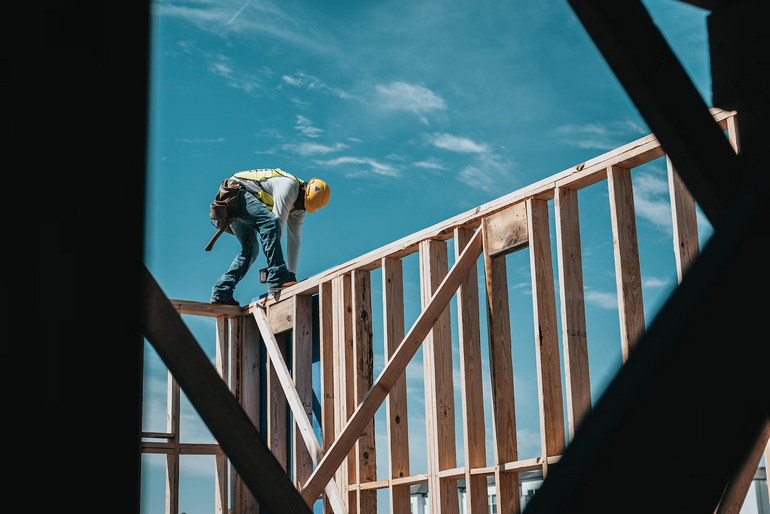
Architects are also redefining sustainable homes by carefully considering the materials used in construction. Traditional building materials like concrete and steel have a significant environmental impact due to their extraction, production, and transportation processes. To address this issue, architects are exploring alternative materials that are more environmentally friendly, such as bamboo, reclaimed wood, or recycled materials. Additionally, they prioritize using materials with a low carbon footprint and promote the use of locally sourced materials to reduce transportation emissions.
Water Conservation
Water scarcity is a growing concern worldwide, prompting architects to implement water conservation measures in sustainable home design. To reduce water consumption, architects incorporate features like rainwater harvesting systems, greywater recycling, and efficient plumbing fixtures. Rainwater harvesting systems collect and store rainwater for non-potable uses like irrigation or toilet flushing, thus reducing the reliance on municipal water supply. Greywater recycling involves treating and reusing wastewater from sources such as sinks and showers for purposes like landscape irrigation.
Integration With Nature
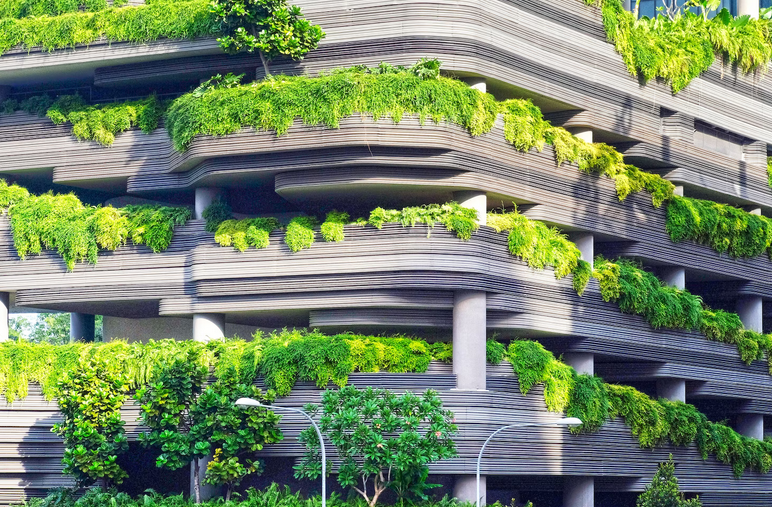
Another factor that is redefining sustainable homes is the integration of the built environment with nature. Architects are increasingly embracing biophilic design, which seeks to connect people with nature through the incorporation of natural elements and patterns. This can be achieved by incorporating ample green spaces, indoor gardens, or even living walls and roofs that support biodiversity and improve air quality.
By emphasizing energy efficiency, sustainable materials, water conservation, and integration with nature, architects are transforming the landscape and creating homes that not only reduce our carbon footprint but also provide healthier, more comfortable living spaces.…






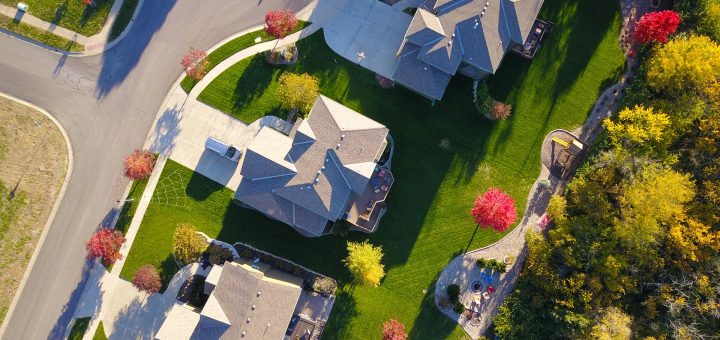
 After using a period to compare the real estate market with additional
After using a period to compare the real estate market with additional 

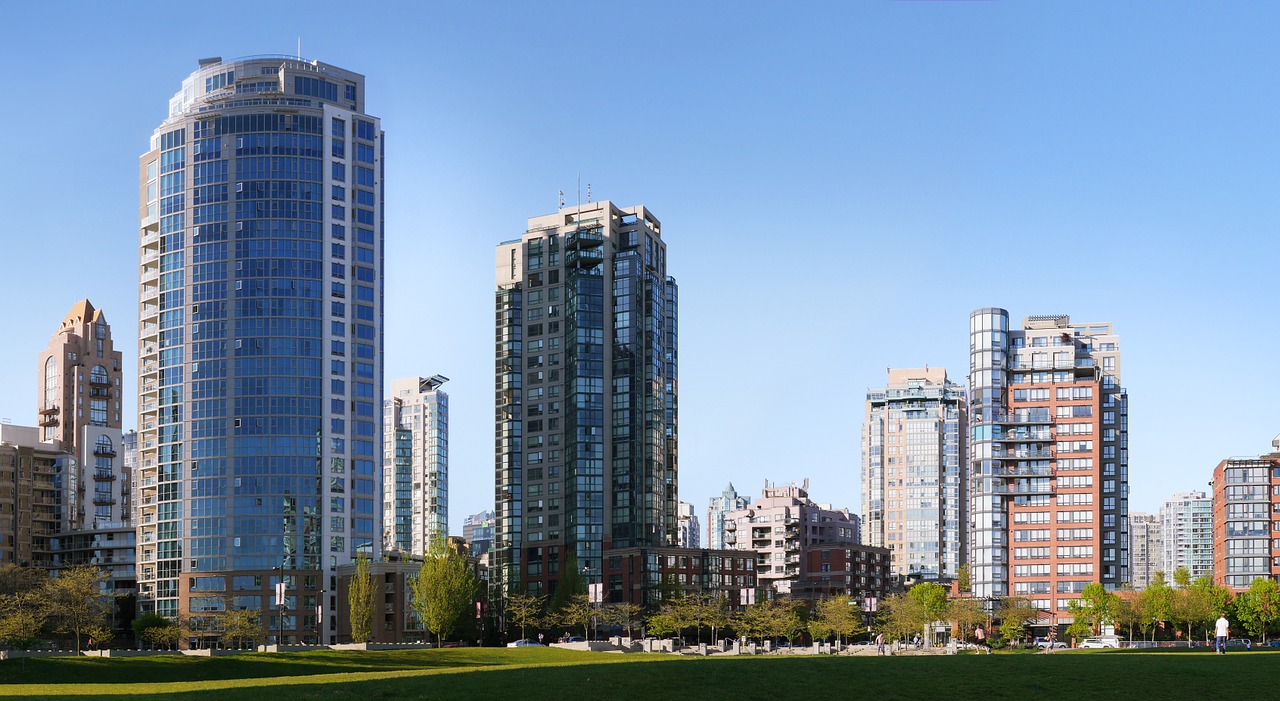
 women experience on the road to and from work. If you are looking for a place to park, wait for a holiday, especially a bus or a taxi, and even using a car can be a burden. Renting a parking space can be expensive, as to owning a vehicle there will be fuel supply and maintenance. The owner or builder of the building protects all these places. In case the buildings have an institution composed of the owners of these units, the safety, and maintenance of the building itself can be determined. As landlord or tenant, properties feel safe when they are in a building where neighbours are nearby. Some of the buildings have features and services that encourage tenants or owners to get to know and even trust each other. The benefits depend on the needs and tastes of the owner.…
women experience on the road to and from work. If you are looking for a place to park, wait for a holiday, especially a bus or a taxi, and even using a car can be a burden. Renting a parking space can be expensive, as to owning a vehicle there will be fuel supply and maintenance. The owner or builder of the building protects all these places. In case the buildings have an institution composed of the owners of these units, the safety, and maintenance of the building itself can be determined. As landlord or tenant, properties feel safe when they are in a building where neighbours are nearby. Some of the buildings have features and services that encourage tenants or owners to get to know and even trust each other. The benefits depend on the needs and tastes of the owner.…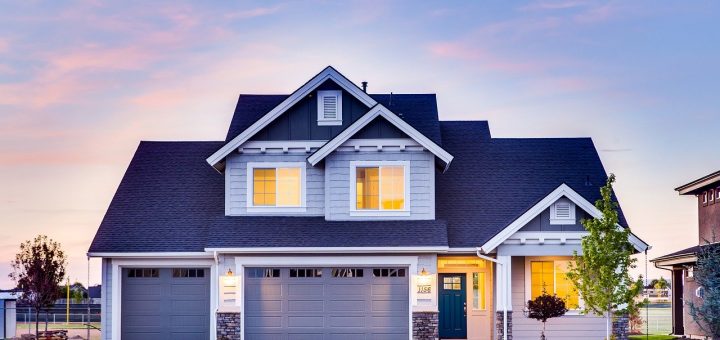

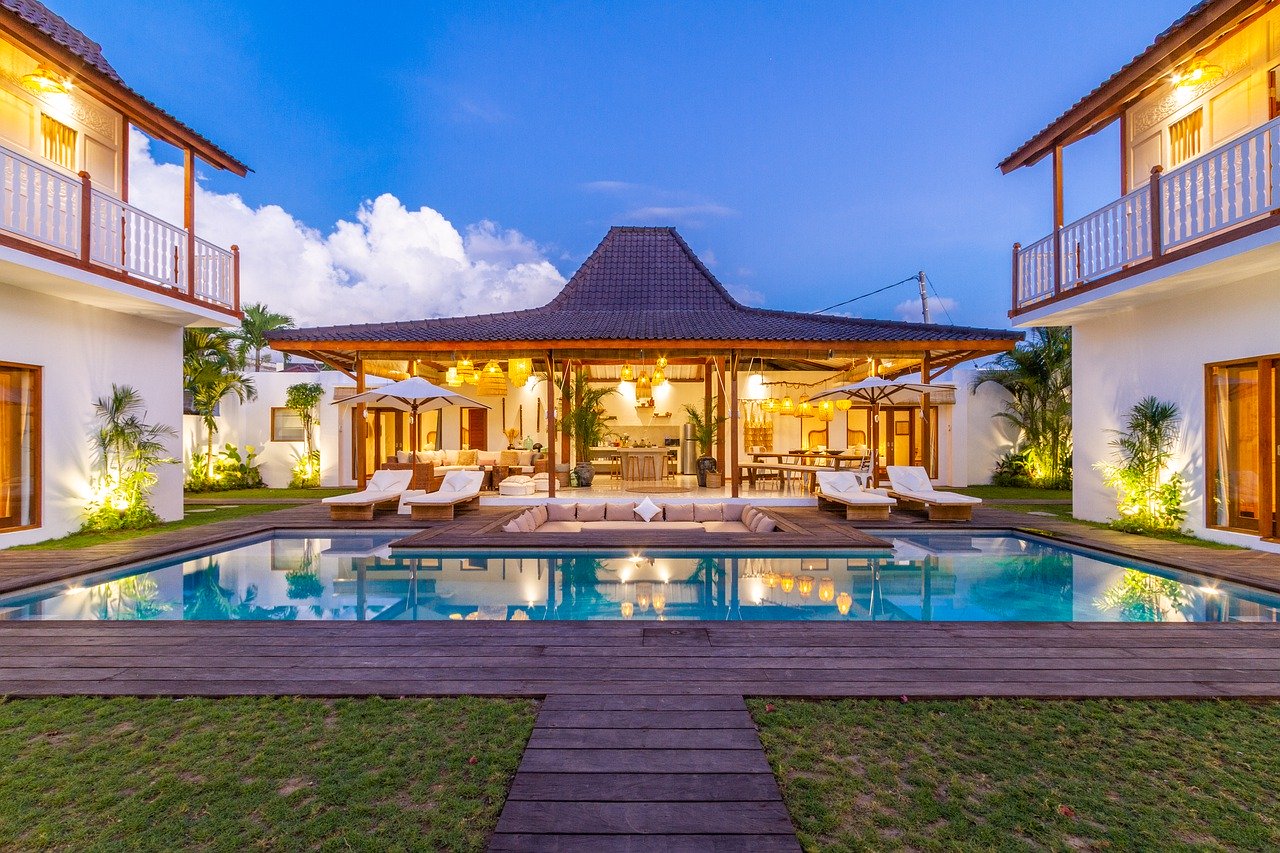

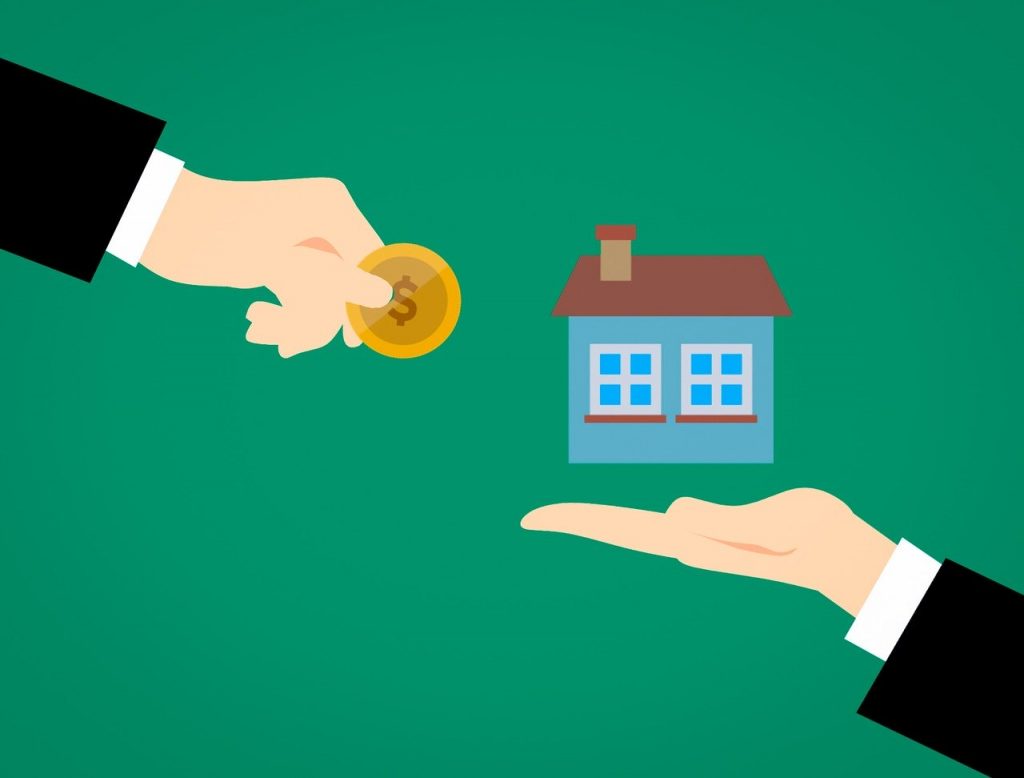
 Real estate investors do not want to list your home; they want to buy it quickly. If you list your property, they will offer your home to their buyers at a specific price. They will choose a sign if you buy your home yourself, or maybe an ad for your home. Although these things are excellent and there are houses for sale. The same thing happens when you list your home with a real estate agent, expect a call from people who list your home, and put a sign in your backyard.
Real estate investors do not want to list your home; they want to buy it quickly. If you list your property, they will offer your home to their buyers at a specific price. They will choose a sign if you buy your home yourself, or maybe an ad for your home. Although these things are excellent and there are houses for sale. The same thing happens when you list your home with a real estate agent, expect a call from people who list your home, and put a sign in your backyard.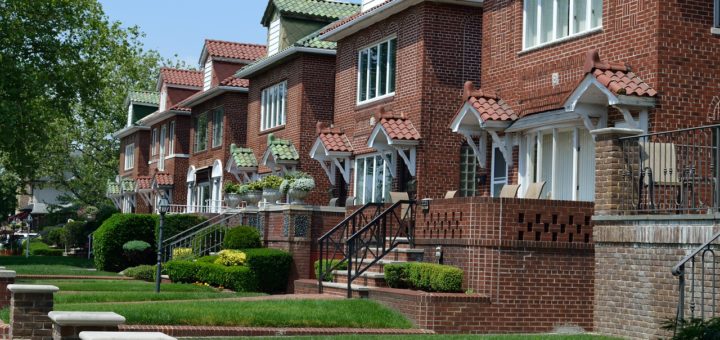
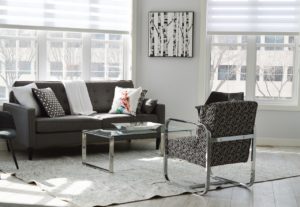 If you buy a condo, chances are the small area that a condo offers you might not accommodate your needs, especially if you have kids.
If you buy a condo, chances are the small area that a condo offers you might not accommodate your needs, especially if you have kids. If you’re not going to use the amenities that a condo offers to you, chances are you’re going to be mad about it. An apartment usually has a gym and a pool that residents can use, some condos also have a communal room that everyone can use, depending on who made the booking first.
If you’re not going to use the amenities that a condo offers to you, chances are you’re going to be mad about it. An apartment usually has a gym and a pool that residents can use, some condos also have a communal room that everyone can use, depending on who made the booking first.